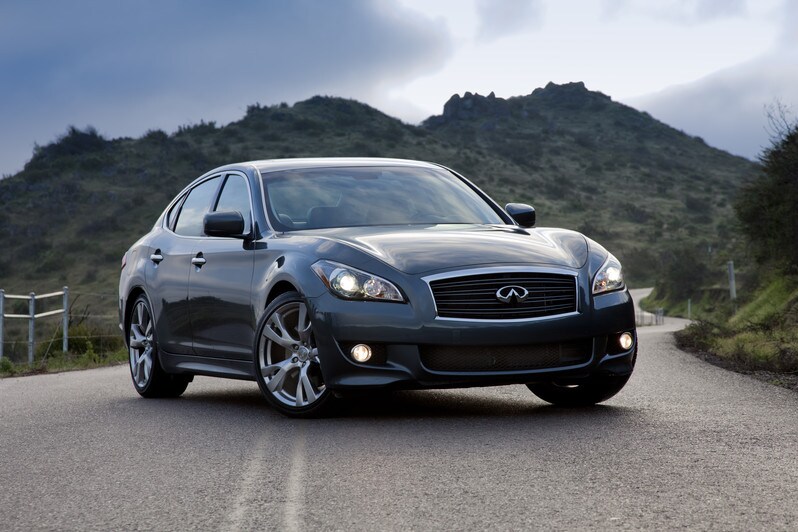In
our blog entries, we like to provide insight on options that can simplify your
life when it comes to your vehicle. In
today’s instance, we’re going to provide you with tips on how to read a tire. Knowing how to read your tire can provide
detailed information like the type of vehicle, if they’re seasonal, the speed
rating, temperature resistance, as well as the width and diameter of the tire.
Read the manufacturer and the tire name. These are easy! They are printed in large
letters toward the outside of the tire.
With more than 100 tire manufacturer’s it might be hard to pinpoint the
perfect one for your vehicle. By
contacting our service department, we can help you find a perfect fit. The tire name might just be a combination of
numbers and letters following the manufacturer name.
Width and aspect ratio. This is a sequence of numbers near the center
of the tire. They would look something
like www/aa/SCrr or
www/aaCrr. The first series of 3 numbers
tells width in millimeters (from 155 to 315).
The 2 numbers after the slash show the aspect ratio of the tire.
The prefix in front of the
width and aspect ratio drtermine type.
LT – Light truck
P – Passenger
BP – Cosmetically Blemished
Passenger
ST – Steel Radial
The load index is the tire
size's relative load carrying capabilities. The higher the load index number, the larger load carrying
capacity.
The
Z,W, and Y ratings
are for tires that have extremely high top-speed capabilities.
The
cold inflation numbers are near the inner edge of the tires. This tells you the pressure the tire should be at to
optimize performance.
If you have any further
questions, please contact us at the dealership for more info!








